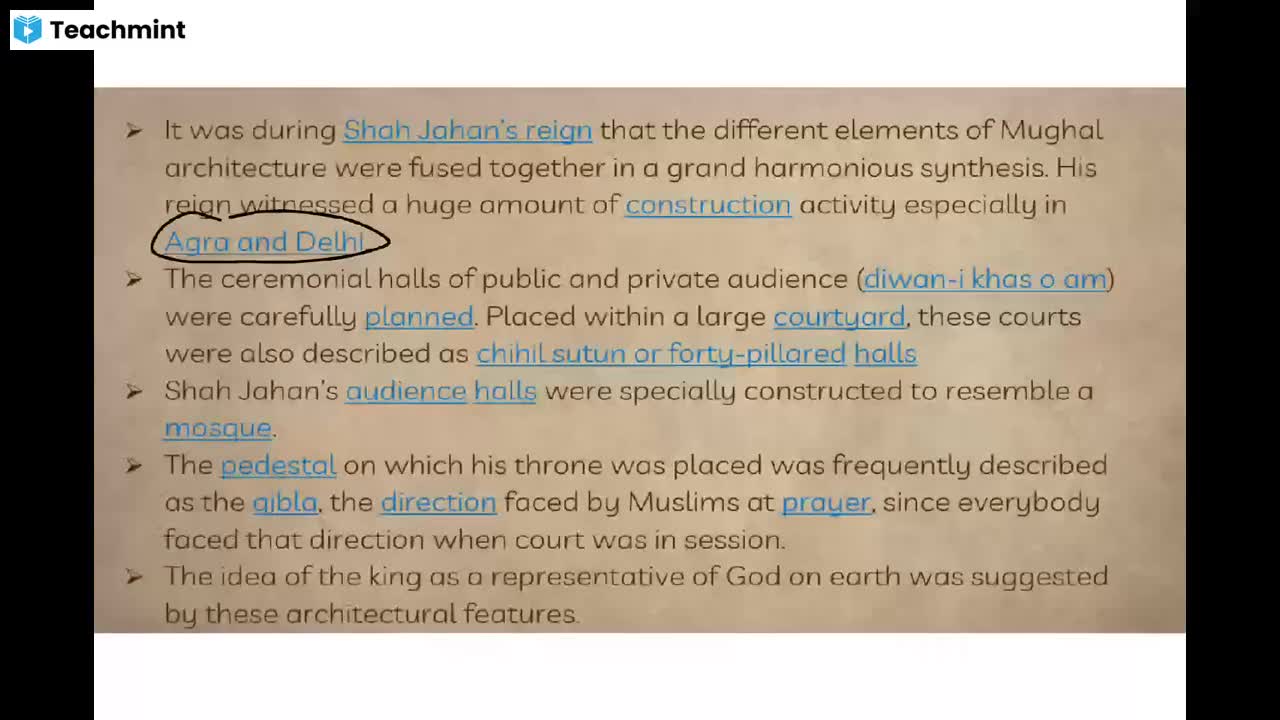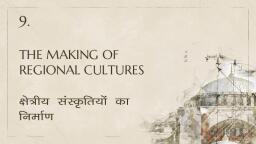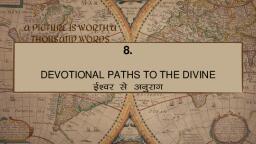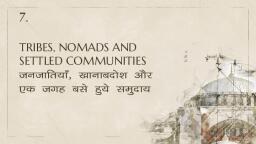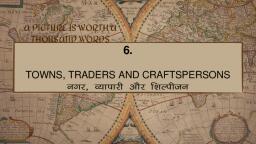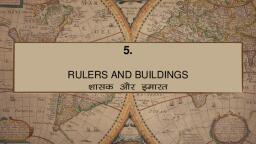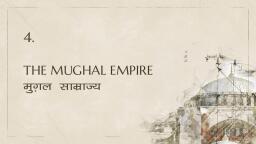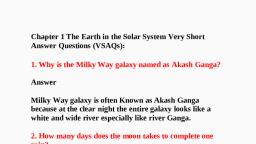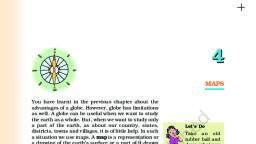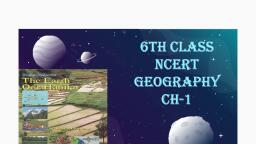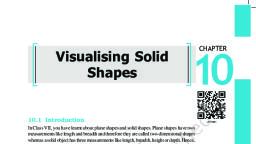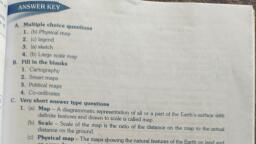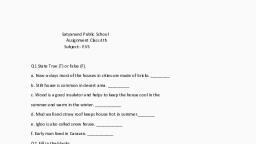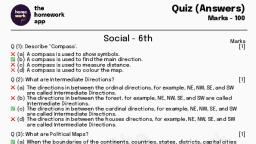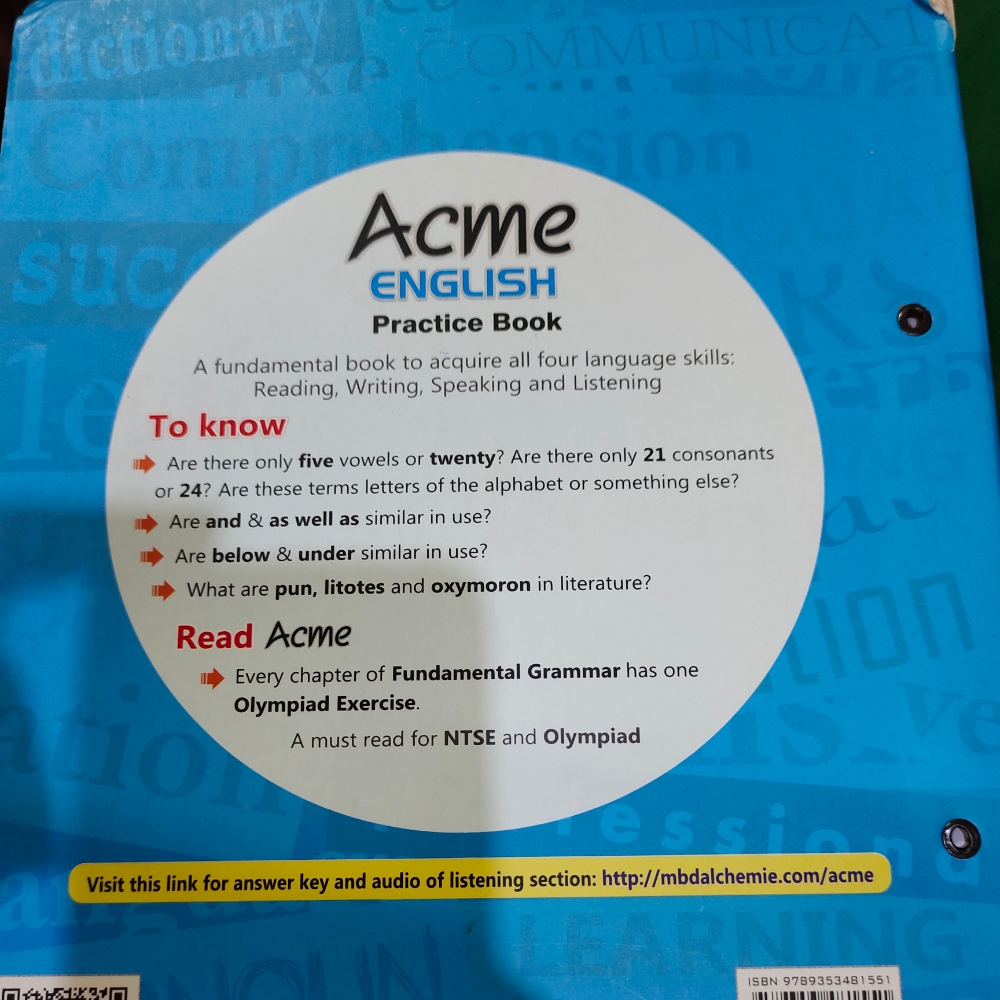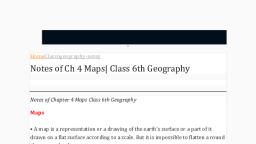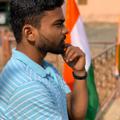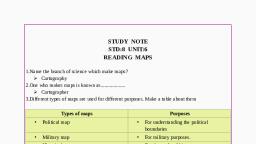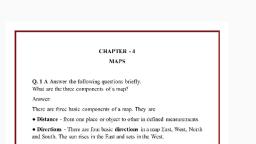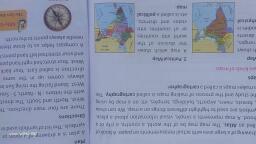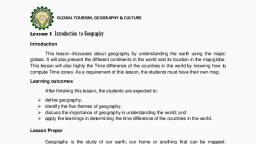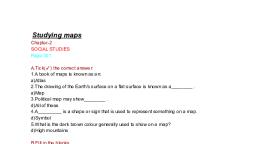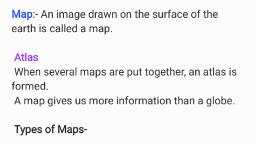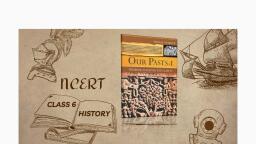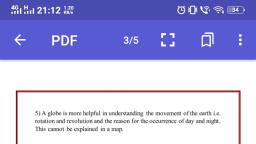Page 2 :
A map is a representation or a drawing of the, earth’s surface or a part of it drawn on a flat, surface according to a scale., They are of different types of maps1. PHYSICAL MAPS -Maps showing natural features, of the earth such as mountains, plateaus, plains,, rivers, oceans etc. are called physical or relief, maps., 2. POLITICAL MAPS -Maps showing cities, towns, and villages, and different countries and states of, the world with their boundaries are called political, maps.
Page 3 :
3. THEMATIC MAPS- Some maps focus on specific, information; sumaps, rainfall maps, maps showing, distribution of forests, industries etc. are known as, thematic maps.
Page 4 :
There are three Components of Maps 1. DISTANCE-Maps are drawings, which reduce the, entire world or a part of it to fit on a sheet of paper., Or we can say maps are drawn to reduced scales. But, this reduction is done very carefully so that the, distance between the places is real. It can only be, possible when a small distance on paper represents a, large distance on the ground.Therefore, a scale is, chosen for this purpose. Scale is the ratio between, the actual distance on the groundand the distance, shown on the map.
Page 5 :
• Small scale map- When large areas like continents or, countries are to be shown on a paper, then we use a, small scale. For example 5 cm. on the map shows 500, km. of the ground. It is called a small scale., , • Large scale map- When a small area like your village, or town is to be shown on paper, then we use a large, scale that is 5cm. on the map shows 500 metres only, on the ground.It is called a large scale map.
Page 6 :
2. DIRECTION-Most maps contain an arrow marked with, the letter ‘N’ at the upper right hand corner. This arrow, shows the north direction. It is called the north line., When you know the north, you can find out other, directions,for example east, west and south., • Cardinal points-There are four major directions,, North, South, East and West They are called, cardinal, points. Other four intermediate directions are northeast (NE), southeast(SE), south-west (SW) and northwest (NW).
Page 7 :
Cardinal points
Page 8 :
3. SYMBOLS - It is not possible to draw on a map the, actual shape and size of different features such as, buildings, roads, bridges, trees, railway lines or a well. So,, they are shown by using certain letters, shades, colours,, pictures and lines.These symbols give a lot of information, in a limited space. With the use of these symbols, maps, can be drawn easily and are simple to read., , • Conventional symbols- Maps have a universal, language that can be understood by all. There is an, international agreement regarding the use of these, symbols. These are called conventional symbols.
Page 9 :
Conventional symbols
Page 10 :
• SKETCH -A sketch is a drawing mainly based on, memory and spot observation and not to scale. Such a, rough drawing is drawn without scale, and is called a, sketch map., , • PLAN- Plan is a drawing of a small area on a large scale.



